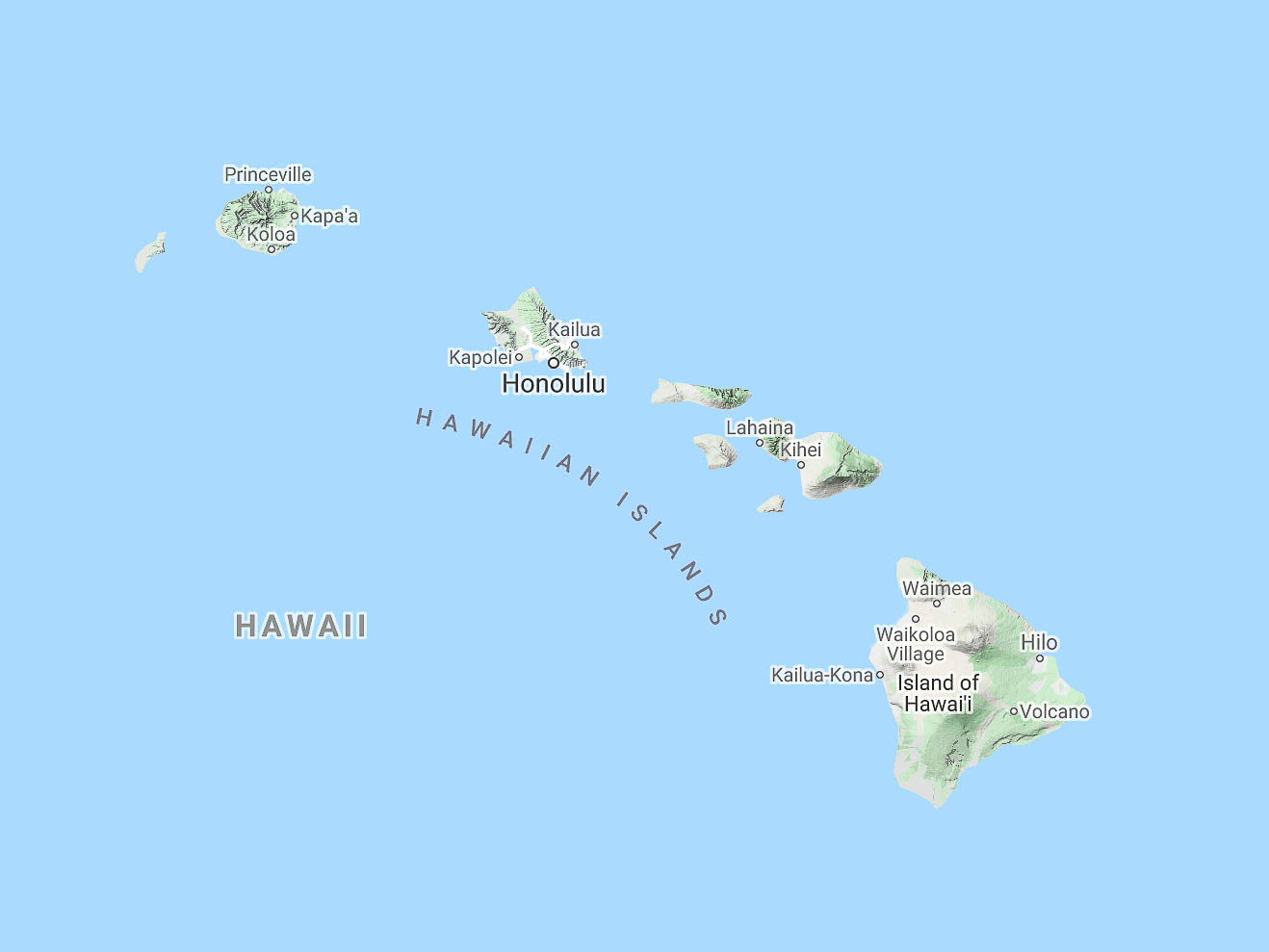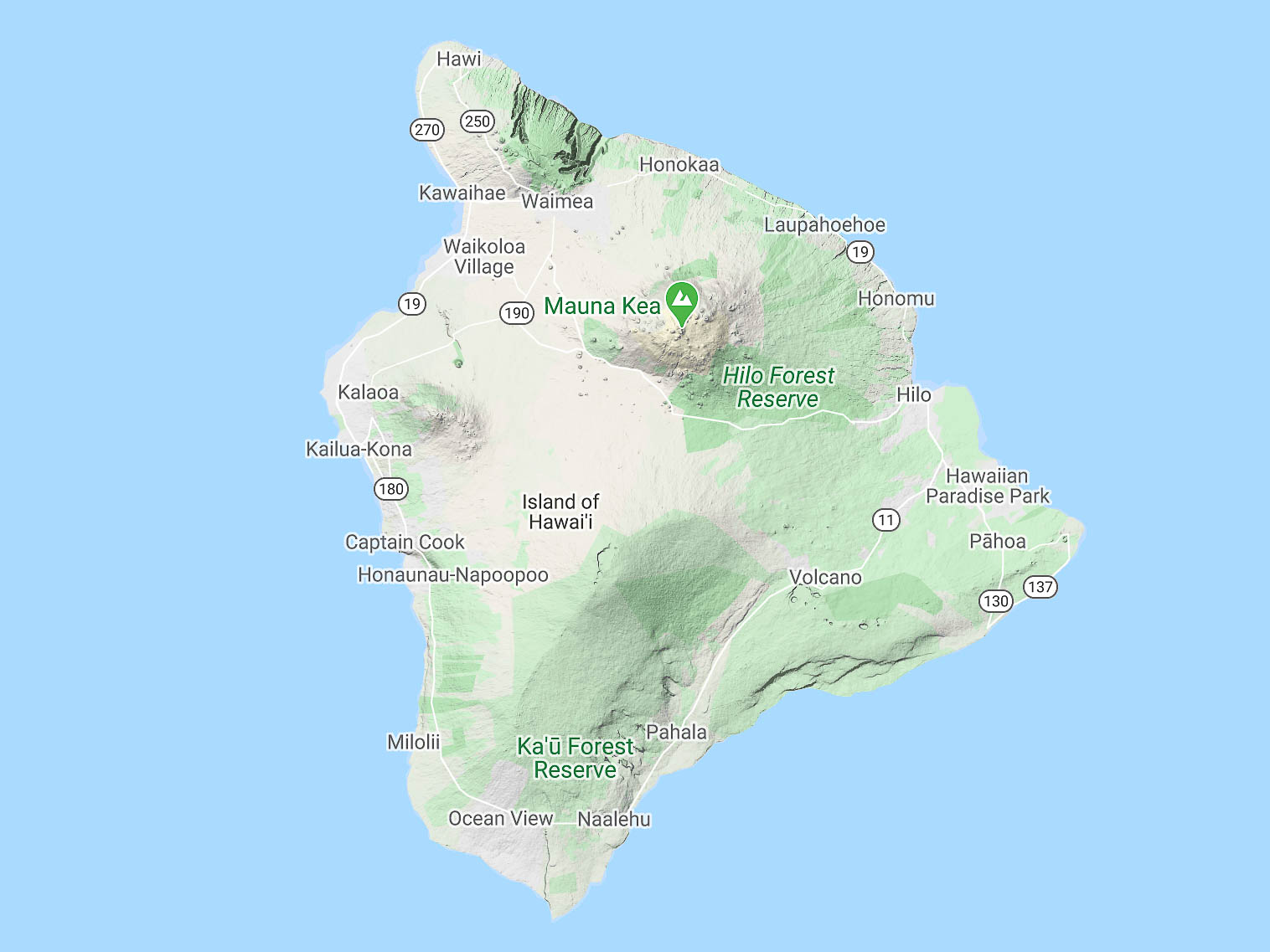LEARN MORE ABOUT THE ISLAND OF HAWAII
AND ITS UNIQUE CHARACTERISTICS
State of Hawai’i
There are 8 Hawaiian islands in the state of Hawai’i. These islands have been formed by centuries of volcanic activity, and have been growing and changing constantly since their birth. The youngest of these Islands is the Island of Hawai’i, commonly known as the Big Island.

Why Big Island?
The Big Island is largest Hawaiian island and has lower population density than Oahu, Maui and Kauai. This means that you’ll find it less crowded open spaces and wonderful beaches. There are fewer hotels and fewer tourists on the island at any given time, which means you will have more of the island to yourself as you explore. The beaches on the West side of the Island (where our vacation rentals are located) are pristine with some of the clearest water in the state. This is the southernmost Hawaiian island, which makes for the warmest weather of all the Islands year round.
Big Island Geography
The Island of Hawai’i is the youngest and largest of the Hawaiian islands, measuring over 4000 square miles in size. In fact, the 7 other Hawaiian islands’ would fit comfortably together within the Big Island’s land area. A trip around the Island via highways 19 and 11 is a total of 222 miles long! The Island is incredibly diverse, offering more climate and landscape variety than any of the other Hawaiian Islands. According to the Köppen Climate Classification System the Big Island has 10 of the 15 types of climate zones that exist on our planet! On that drive around the Island you will pass through dozens of different terrains and climates.
The Big Island is made up of 5 volcanoes, often referred to as mountains – Kohala, Hualalai, Mauna Kea, Mauna Loa and Kilauea. The most active of these volcanoes, contributing to the majority of the Island’s growth today, are Mauna Loa and Kilauea. Mauna Loa, the quieter of the two, has the most mass of any mountain on earth! From base to peak it has 10,000 cubic miles of rock. Kilauea is the most active volcano on the planet, and has been consistently erupting since 1983. Because these volcanoes are shield volcanoes their eruptions are characterized by slow-moving and gentle “effusive eruptions”, where fluid lava flows slowly over great distances, creating low profile slopes (or the “shield”). So while it may at first sound shocking to hear that the volcano is currently erupting, it’s not something to be concerned about, as these volcanoes don’t have the explosive force of stratovolcanoes that most people think of when imagining an “eruption.”

Click Here to Learn More About the Different Sides of the Island
or
Click Here to Jump Directly to the Best Beaches and the Sunny Kohala Coast





